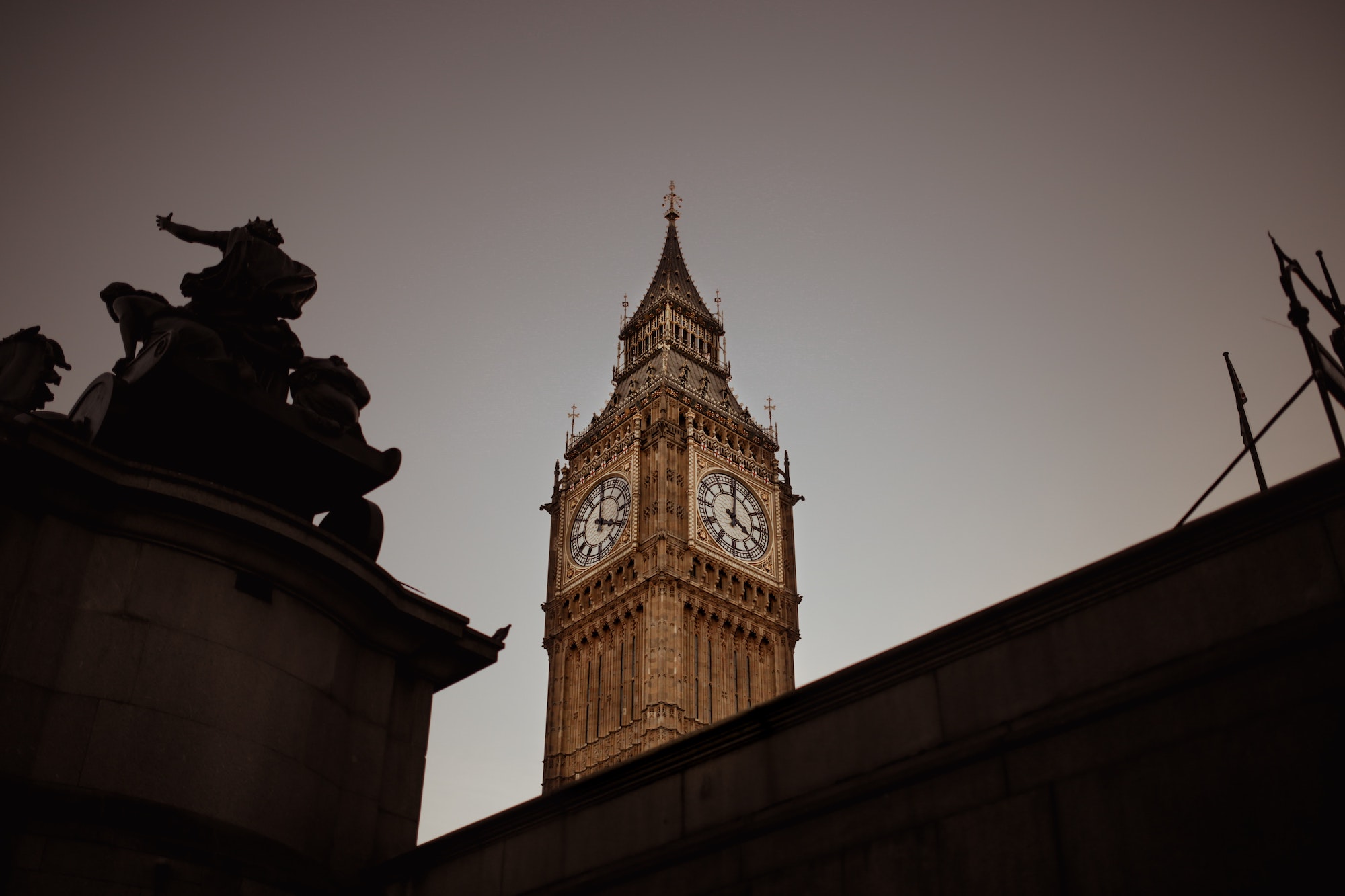Calls for the Government to extend Stamp Duty Holiday beyond 1st April heard in House of Commons debate. Official U-turn is unlikely to be announced until March Budget, if at all. The cut to Stamp Duty Land Tax rates has seen London Home Buyers avoiding up to £15,000 in tax.
A petition, ‘Extend the Stamp Duty Holiday for an additional 6 months after 31 March 2021’, was ‘virtually’ debated in the House of Commons after receiving over 100,000 signatures. In the 1st February 2021 debate, MPs called for the Treasury to extend the Stamp Duty rate reduction, designed to stimulate housing market activity and support jobs, now set to end on the 31st March.
What is Stamp Duty?
You must pay Stamp Duty Land Tax (SDLT) when you buy a residential property over a certain price in England. The threshold is where the Stamp Duty starts to apply, so if you buy a property for less than the threshold, there’s no Stamp Duty to pay at all.
Before 8th July 2020, the Stamp Duty threshold for residential properties was set at £125,000. Homebuyers then paid 2% SDLT on the next £125,000 (the portion from £125,001 to £250,000), 5% SDLT on the next £675,000 (the portion from £250,001 to £925,000), 10% SDLT on the next £575,000 (the portion from £925,001 to £1.5 million) and 12% SDLT on the remaining amount (the portion above £1.5 million).
In order to boost a housing market hit by lockdown, with house prices falling for 4 months in a row, the Government announced a temporary ‘Stamp Duty holiday’ to boost activity. Since the 8th July 2020, the Stamp Duty threshold for residential properties increased by £375,000 to £500,000, redirecting billions away from the Exchequer. Homebuyers now pay 5% SDLT for the next £425,000 (the portion from £500,001 to £925,000), 10% SDLT for the next £575,000 (the portion from £925,001 to £1.5 million) and 12% on the remaining amount (the portion above £1.5 million). Those purchasing a property in addition to their main home have continued to pay additional second home charges.
Use this handy Stamp Duty calculator to work out how much you would pay on buying a new property.
The Chancellor of the Exchequer, Rishi Sunak, suggested the cut would see the average Stamp Duty bill drop by £4,500, with the biggest beneficiaries being buyers of a £500,000 home who have avoided up to £15,000 in tax.
The tax holiday gave the housing market a well-deserved boost, with more mortgage approvals in 2020 than in 2019 despite lockdown. House prices were also on the up throughout 2020, with Nationwide recording a six-year high on annual house price growth at 7.3% by the end of 2020.
End to the Stamp Duty Holiday
The Government has announced it will be reintroducing pre-July 2020 Stamp Duty rates on the 1st of April 2021. The threshold will return to £125,000 and to original rate bands, as detailed above.
House prices have fallen as the end of the Stamp Duty Holiday nears, with house price growth slowing to 6.4% at the start of 2021. The deadline has created a rush for homebuyers to complete their purchase before the deadline to benefit from the tax cut, with buyers in property chains most anxious about swift completion.
Regardless of MPs calls for an extension to the Holiday on the 1st February, Jesse Norman, a treasury minister, said that whilst he “fully understands the frustrations of those who are, as we speak, in the process of purchasing a property” it is not appropriate to “comment on tax policy outside a fiscal event” during the debate.
If the Government does announce a U-turn and extends the Stamp Duty Holiday, it is unlikely it will be before Rishi Sunak’s next Budget, scheduled for March 3, exactly 4 weeks before the holiday is due to end.
Despite the Government’s looming decision, the vaccine’s current rollout throughout the UK is set to be good news for the housing market in 2021.


